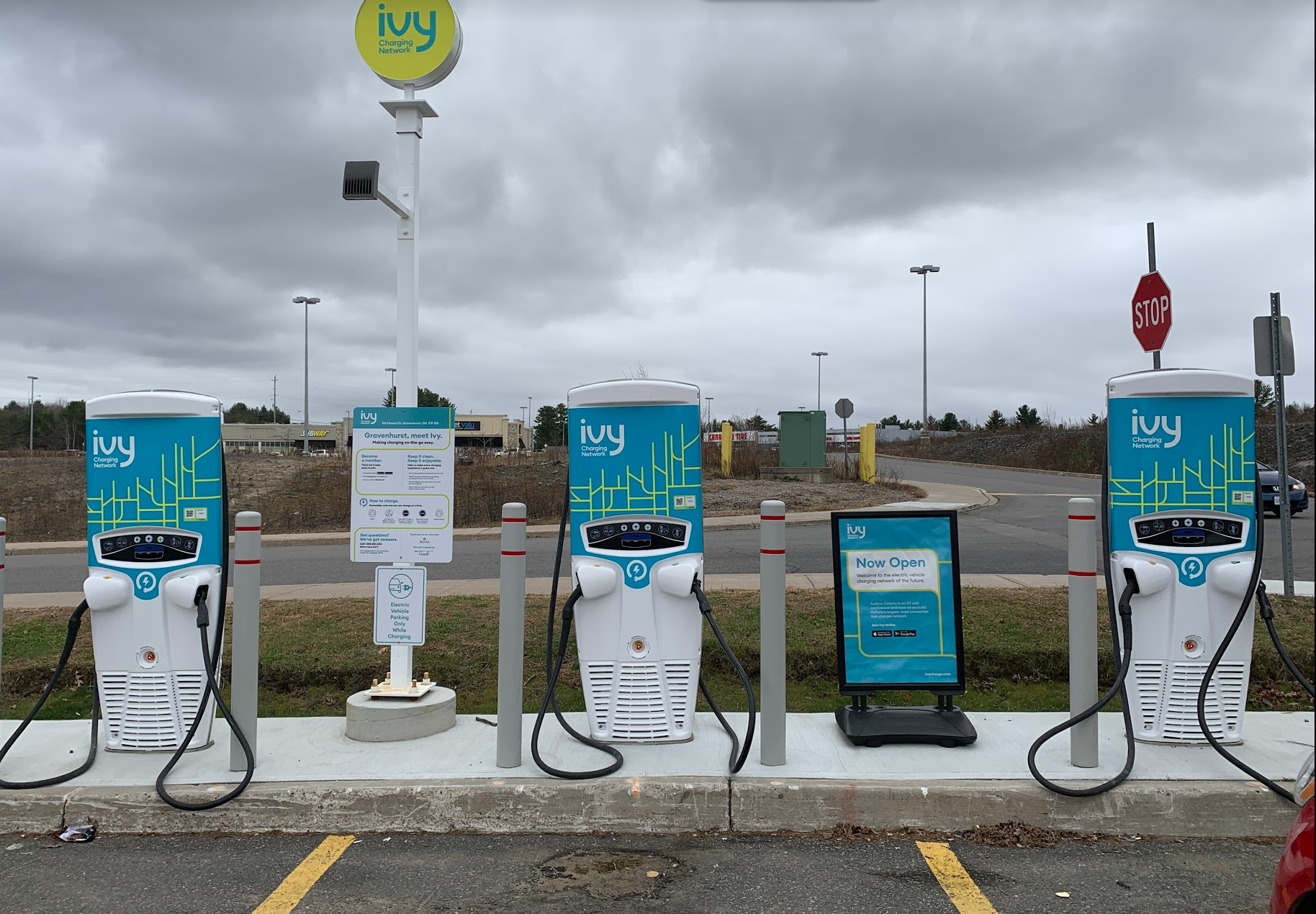Transportation electrification is increasingly at the forefront of the news. With growing concerns about the environmental impact and health problems associated with pollution, governments, automakers, and many citizens are turning to greener transportation alternatives.
One of the most promising solutions is transportation electrification, which involves replacing internal combustion vehicles with electric vehicles.
Transportation electrification is a key element in this transition. Indeed, electric vehicles offer many advantages over conventional petrol or diesel vehicles. They are much cleaner, as they do not produce exhaust fumes that are harmful to the environment and public health. They are also more efficient because they can recover energy lost during braking to recharge their batteries.
Transportation electrification is also good for the economy, reducing dependence on imported fossil fuels and creating new jobs in the manufacturing and servicing of electric vehicles. Recently, Canada has positioned itself favourably in the global market for electric vehicle battery manufacturing. A very important ecosystem is being created to promote a circular battery economy in Canada. (1)

However, there are still obstacles to widespread transportation electrification. Electric vehicles and charging infrastructure are often more expensive than conventional vehicles, although costs are falling rapidly due to lower battery costs. There are also issues related to the deployment of electrical distribution systems to power charging station networks, which need to be expanded to increase their number and make them easier to access.
Despite these obstacles, more and more governments and businesses are turning to transportation electrification as a viable solution for reducing greenhouse gas emissions and adopting a more sustainable lifestyle. There is still a long way to go, but the adoption of electric vehicles continues to grow around the world.
CIMA+ is very active in the area of charging infrastructure deployment in Canada. To find out more, visit the following page.
Source